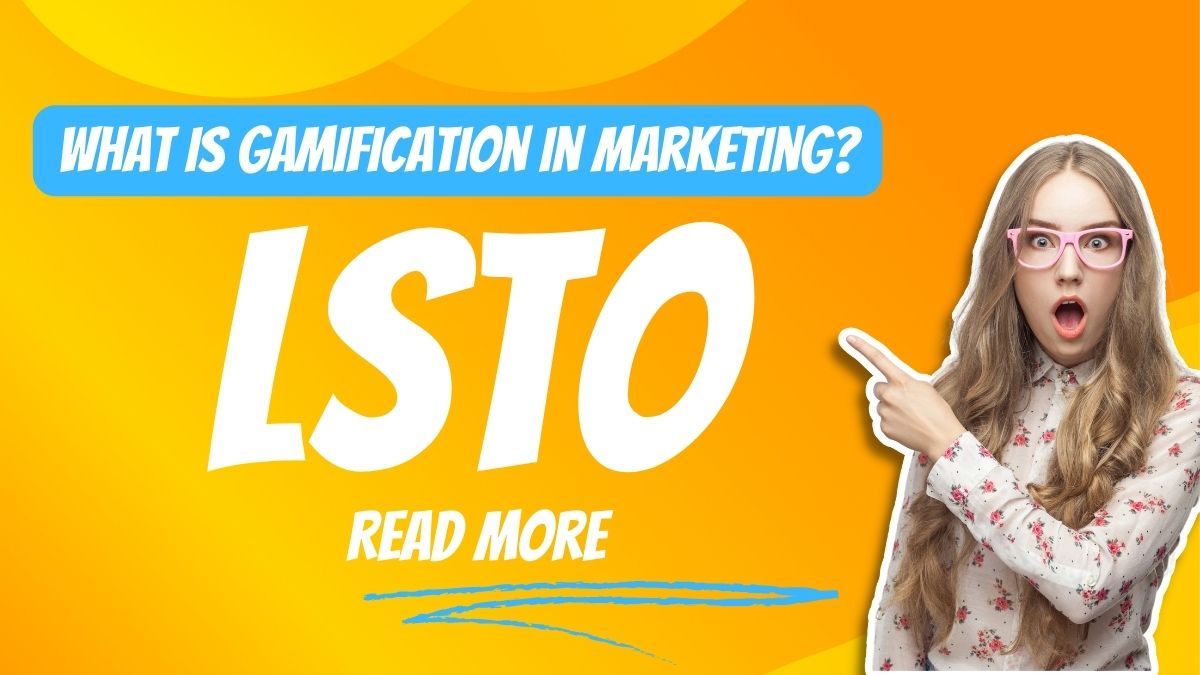
In the dynamic world of marketing, brands are constantly seeking innovative ways to captivate their audiences and create memorable experiences. One such approach that has gained significant traction is gamification. Gamification in marketing involves incorporating game elements and mechanics into non-game contexts to engage customers, foster brand loyalty, and drive desired actions. In this blog post, we will delve into the concept of gamification in marketing, explore its key components, and discuss how businesses can effectively implement it to elevate their brand experience.
Defining Gamification in Marketing:
Gamification refers to the integration of game elements, such as points, rewards, challenges, and competitions, into marketing campaigns or experiences. By leveraging the innate human desire for competition, achievement, and rewards, brands can create interactive and enjoyable experiences that motivate customers to actively engage with their products or services. Gamification takes the principles of games and applies them to non-game contexts to stimulate customer participation and create a sense of excitement and accomplishment.
Key Components of Gamification:
Gamification in marketing incorporates several key components to make the experience engaging and rewarding for customers:
- Points and Rewards: Implementing a points-based system where customers earn rewards or virtual currency for completing specific actions or achieving milestones. This encourages users to stay engaged and motivated to earn more rewards.
- Badges and Achievements: Recognizing and rewarding customers with badges or achievements for reaching specific goals, demonstrating brand loyalty, or accomplishing notable feats. Badges serve as visual representations of accomplishments and can be shared on social media platforms.
- Leaderboards and Competitions: Creating leaderboards that showcase the top performers or most active participants, fostering a sense of competition among customers. This can drive engagement and encourage customers to strive for a higher rank.
- Challenges and Quests: Introducing challenges or quests that customers can undertake to unlock exclusive rewards, discounts, or additional content. This adds an element of excitement and encourages customers to explore the brand further.
Benefits of Gamification in Marketing:
Implementing gamification in marketing can yield various benefits for businesses:
1. Increased Engagement:
Gamification in marketing has become an incredibly effective tool for driving increased engagement among users. By incorporating game-like elements into brand experiences, companies can capture the attention of their target audience and encourage them to spend more time interacting with their content. This not only increases overall brand exposure but also allows companies to build stronger relationships with their customers.
One of the key benefits of gamified experiences is the ability to create a sense of excitement and fun around a brand. Users are naturally drawn to activities that provide entertainment and challenge, and gamification taps into this inherent desire for play. By offering rewards, points, or levels of achievement within a branded game or interactive experience, companies can incentivize users to stay engaged for longer periods.
Furthermore, gamification also provides marketers with valuable data about user behavior and preferences.
2. Enhanced Brand Loyalty:
Gamification in marketing has emerged as a powerful tool to enhance brand loyalty and foster a deeper emotional connection with customers. By incorporating game elements such as rewards, achievements, and friendly competition into their marketing strategies, brands can tap into the innate human desire for recognition and accomplishment. When customers are consistently rewarded for their interactions with a brand, whether it be through earning points, unlocking exclusive content, or competing with others for top rankings on leaderboards, they feel valued and appreciated.
One of the key benefits of gamification in marketing is its ability to create a sense of loyalty among customers. When individuals feel that their engagement with a brand is being recognized and rewarded, they are more likely to continue interacting with that brand over time. This loyalty translates into repeat purchases, increased customer lifetime value, and positive word-of-mouth referrals.
3. Valuable Data Insights:
Gamified campaigns are revolutionizing the way businesses collect and analyze data on customer preferences, behaviors, and motivations. By integrating game elements into their marketing strategies, companies can engage with consumers in a fun and interactive manner while gaining valuable insights about their target audience. One of the key benefits of gamification in marketing is the ability to gather real-time data on customer behavior. Through various game mechanics such as quizzes, challenges, or virtual rewards, businesses can track how customers interact with their brand, what choices they make, and which products or services they show interest in.
Moreover, gamification allows businesses to tap into the emotions and motivations that drive consumer decisions. By creating engaging narratives or incorporating competition elements into their campaigns, companies can uncover what truly motivates their customers to take action.
4. Social Sharing and Amplification:
Gamification has become a powerful tool for marketers to engage and retain customers. One of the key benefits of gamification in marketing is its ability to prompt customers to share their achievements, progress, or high scores on social media platforms. When consumers accomplish a goal or reach a milestone within a gamified experience, they often feel compelled to showcase their accomplishments to their friends and followers.
This social sharing not only amplifies the brand’s message but also serves as an endorsement from the customer. By voluntarily sharing their achievements, customers are essentially endorsing the brand and its gamified experience to their network, which can significantly increase brand visibility and reach. Furthermore, when users see their peers sharing these accomplishments on social media, it creates a sense of FOMO (fear of missing out) that drives them to join in on the fun and try out the game themselves.
Conclusion:
Gamification in marketing is a powerful strategy that allows brands to create immersive and interactive experiences for their customers. By incorporating game elements and mechanics, businesses can boost customer engagement, foster brand loyalty, and drive desired actions. Understanding the key components of gamification and implementing successful strategies can elevate the brand experience, making it more enjoyable, memorable, and rewarding for customers. As technology continues to evolve, gamification is poised to play an increasingly significant role in shaping the future of marketing.




